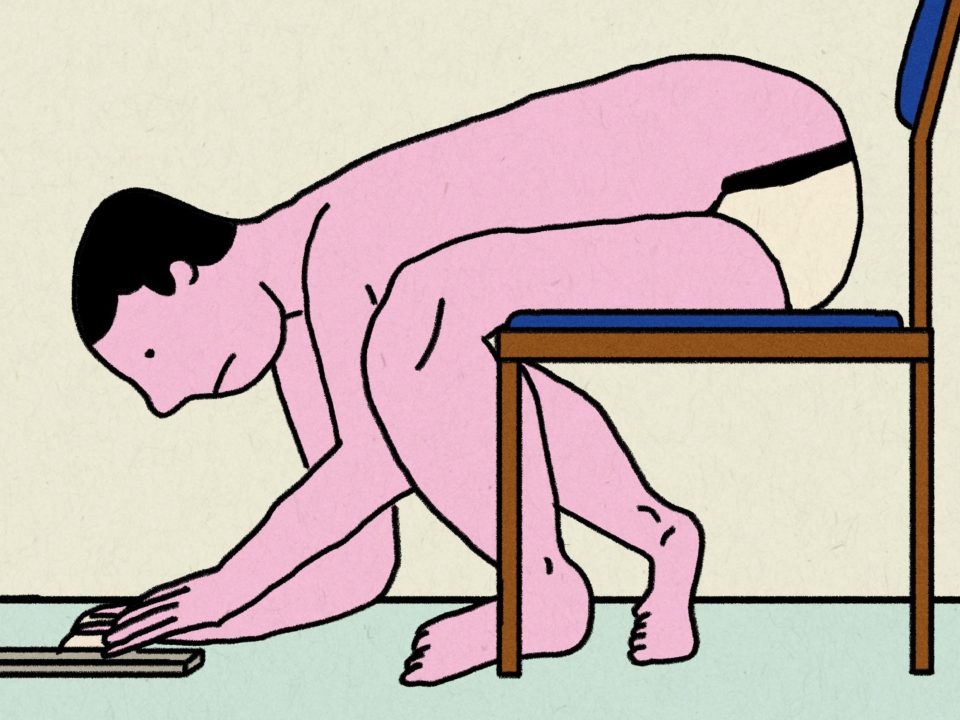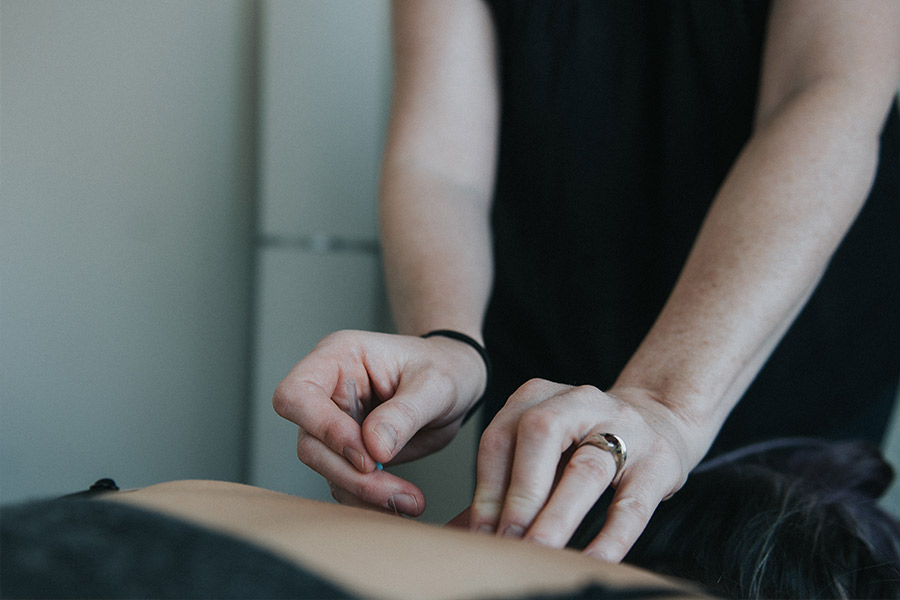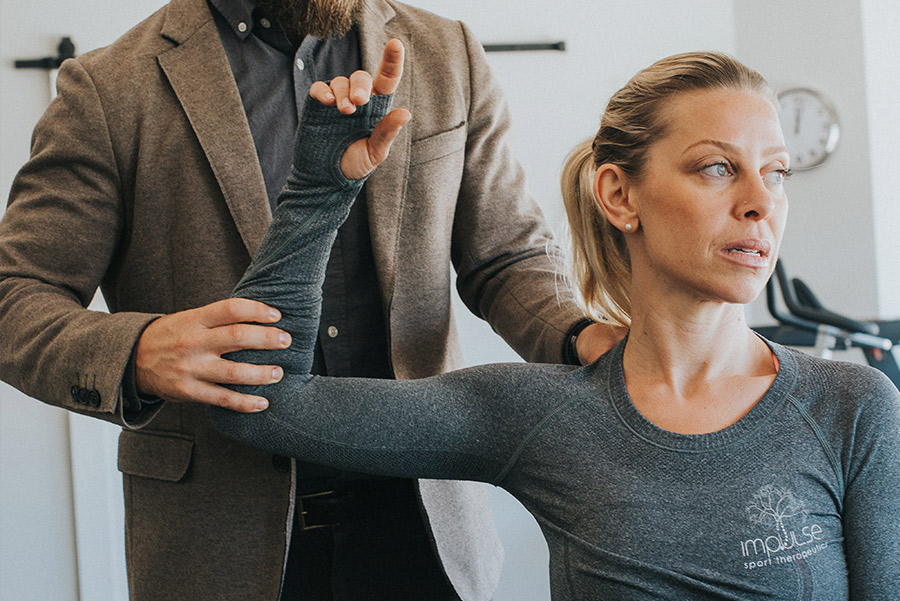This weeks run:
The West Vancouver Seawall. It’s perfect for short easy runs. There are also plenty of coffee shops at both Dundarave and Ambleside Areas. In just 3-4 km you’ll be able to cover most of West Vancouver’s shoreline and find a ton of places for photo ops.
Injury Prevention Move For This Week
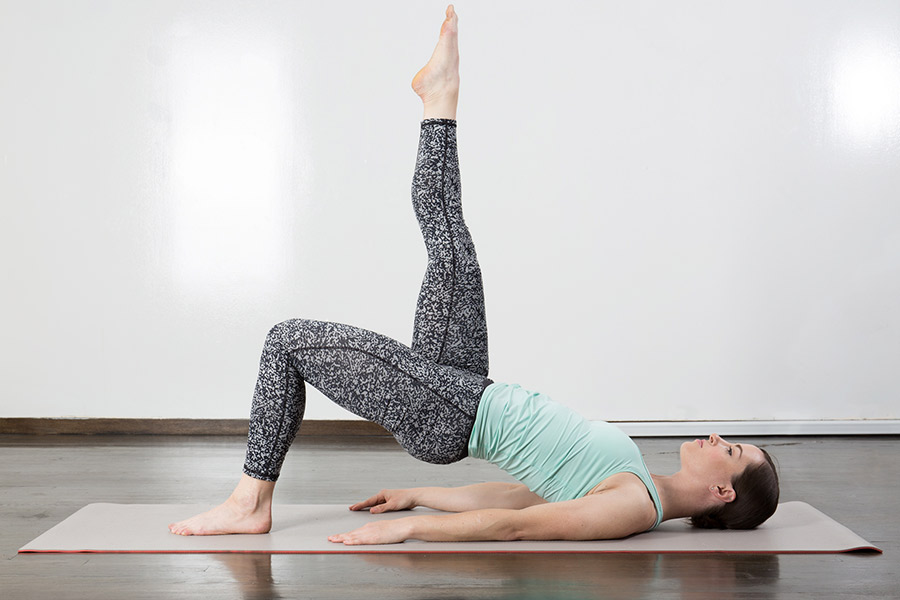
Photo Courtesy of The Greatest
5 Ways Pilates Helps Athletes To Rehabilitate And Prevent Injuries
- Concentration to specific body parts: Pilates requires very intentional and informed movements — you have to be very conscious how you’re moving your body at all times. Pilates gives you the ability to isolate and target appropriate muscle groups that need strengthening. So when you’re dealing with an injury, you can focus on the small surrounding muscles of your injury, helping to support and strengthen the injured area, allowing you to come back faster and stronger.
- Conscious breathing: Just the same as Yoga, conscious breathing is a huge part of Pilates. You have to continuously be aware of your breathing, to make sure you aren’t holding in your breath, or restricting your breathing in any way. Traditional therapy routines tend to undermine the importance of correct breathing, which, when done correctly helps the diaphragm to stabilize the trunk. Also, correct and conscious breathing will help you to breathe into your injured areas, helping to slowly relieve pressure points and provide better circulation to injured areas.
- Restores muscular balance: Muscle imbalances are a huge component to injuries among athletes. Depending on what sport you play, you will inevitably have certain muscle groups that are weaker than others, which will always be at the risk of injury. The great part about Pilates is that it addresses incorrect movement patterns, promotes even musculature throughout the body, and helps you to move in correct and aligned movements that will not only help to heal your injuries, but will help prevent future injuries.
- Control: Pilates is such a safe and effective training program for rehabilitation because all the movements are done with such control. Not only do your movements work in cohesion with springs, but Pilates also focuses on movements that require you to maintain a neutral spine with all the focus on continually keeping a strong core. By limiting movements to your mid-range, or as they call it in Pilates terms “the playing field”, your core alignments are never compromised and your injuries are far less likely to be exposed to awkward and out-of-control movements that might jeopardize your rehab. More importantly, Pilates rehab programs are extremely adaptable and allow the client to work within their own range of movement and always feel like they’re in control of their rehab program, however far their injury will allow them to go or not go.
- Positive movements: Pilates teaches clients where their body is in space and helps them to find the best sequence to complete movements. It’s through this positive reaffirmation of movements that those who are injured will re-learn appropriate ways to complete movements that decrease stress on injured areas. Also, Pilates teaches the body how to operate and move at its most optimal and functional, which helps decrease the chance of future injuries.
What To Eat This Week:
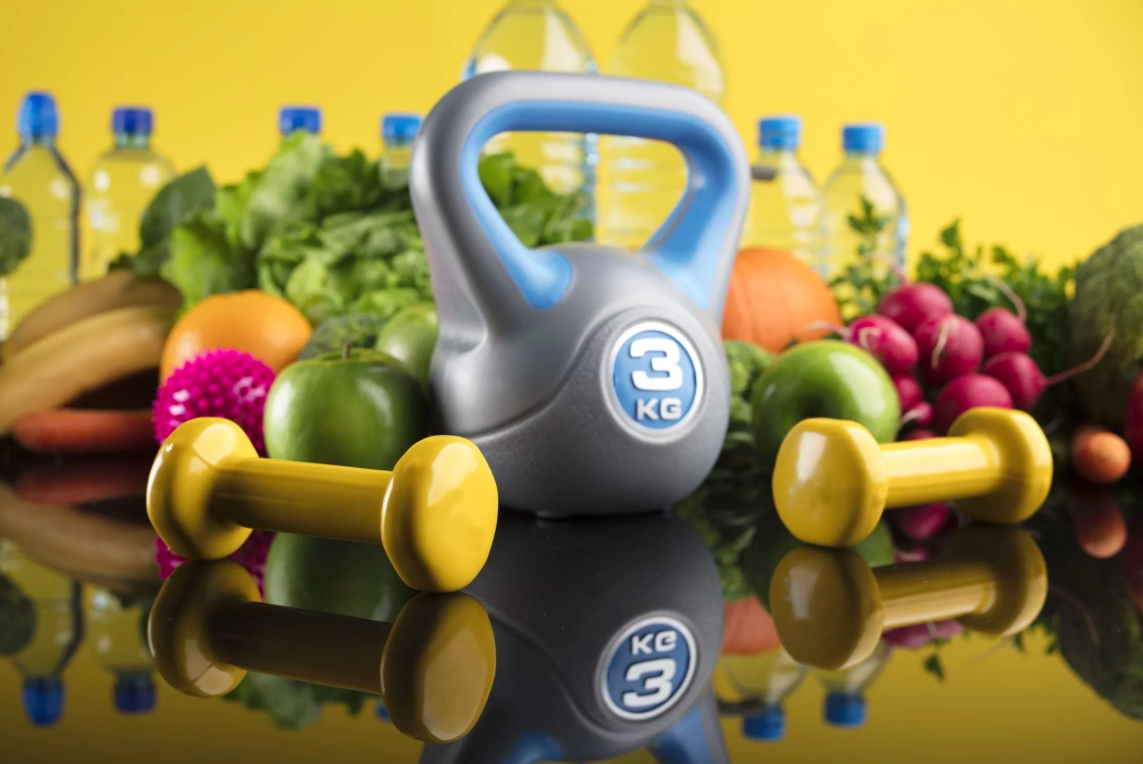
Foods and Supplements for Sports Injuries
- Fiber-Rich Foods Recovery from injury often involves immobilization or limited use of the injured body part. To prevent this from resulting in unwanted body fat, it’s important to compensate by eating slightly less.One way to reduce your calorie intake is to consume a diet rich in fiber. This, along with consuming the protein-rich foods mentioned above, will help you eat less without feeling hungry.That’s because fiber-rich foods such as fruits, vegetables, legumes and whole grains help promote feelings of fullness after meals As an added bonus, fiber-rich foods tend to be high in several other nutrients essential for your recovery, including vitamin C, magnesium and zinc.However, note that restricting calories too severely can reduce wound healing and promote muscle loss, both of which negatively affect recovery .Therefore, individuals who were attempting to lose body fat before the injury should consider postponing their weight loss efforts. Instead, focus on maintaining your body weight until recovery is complete. BOTTOM LINE: Consuming fiber-rich foods while recovering from an injury can be an effective strategy to limit the gain of unwanted body fat.
- Fruits and Vegetables Rich in Vitamin C. Vitamin C helps your body make collagen, which helps maintain the integrity of your bones, muscles, skin and tendons. Therefore, getting enough vitamin C from your diet is a great way to help your body rebuild tissue after an injury. Moreover, vitamin C has antioxidant and anti-inflammatory properties, which may help speed up your recovery by preventing excessive levels of inflammation. Luckily, vitamin C is one of the easiest vitamins to get enough of through your diet. Foods with the highest amounts of it include citrus fruits, red and yellow bell peppers, dark leafy greens, kiwi, broccoli, berries, tomatoes, mango and papaya.However, it’s currently unclear whether supplements provide any benefits for those already getting enough vitamin C from their diet.Nevertheless, the small number of people who can’t consume enough vitamin C-rich foods may want to consider taking supplements. BOTTOM LINE: Vitamin-C rich foods can help your body produce the collagen that’s required to rebuild tissue after an injury. It can also help prevent excessive inflammation from slowing down your recovery.
- Omega-3 Fatty Acids After an injury, the first phase of wound healing always involves some inflammation. This inflammatory response is beneficial and needed for proper healing. However, if this inflammation remains too high for too long, it may slow down your recovery. One way to prevent excess inflammation from delaying your recovery is to eat enough omega-3 fats.These fats, which are found in foods such as fish, algae, walnuts, flaxseeds and chia seeds, are known to have anti-inflammatory properties. You can also prevent excess or prolonged inflammation by limiting omega-6 fats, which are commonly found in corn, canola, cottonseed, soy and sunflower oils. Consuming too many omega-6 fats is known to promote inflammation, especially if your intake of omega-3 fats is also low. In addition, some studies report that omega-3 supplements may help increase the creation of muscle protein, reduce the loss of muscle during immobilization and promote recovery from concussions. That said, high intakes of omega-3 fats from supplements may reduce your body’s ability to regain muscle mass once you return to training. Therefore, it may be best to increase your omega-3 intake from foods rather than supplements (22).



